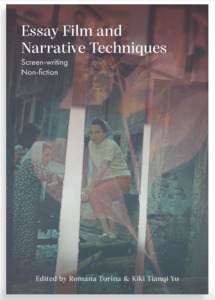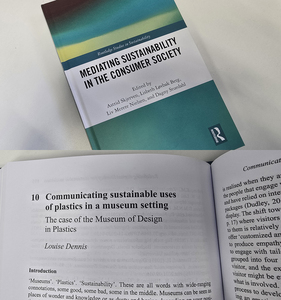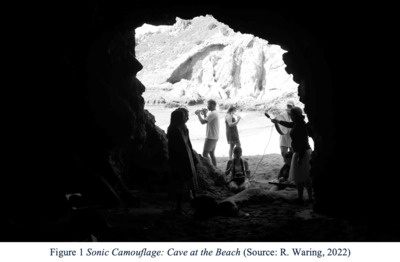Deploying a customised embodied poetics (after Lorde 1984; Cancienne & Snowber 2003; Peary 2018) and primarily drawing upon a two-week coast-to-coast walk across the north of England undertaken during the summer of 2019, this article is structured as a walk in 5 stages (i. Setting Out; ii. View from a Hill; iii. Drifting; iv. Back-bearing; v. Returning). It explores the effectiveness of this experiential approach for the composition of poetry. Walking can be in itself a form of creativity, an act of subversion, or deep reflection — a way of going inward as much as outward. The poem written in situ can be a form of qualia-capture for the little epiphanies of secularised pilgrimage. Sister methodologies such as the psychogeographical dérive (Debord 1954) are drawn upon, but a customised approach is forged: the way of the dériviant who transgresses borders and forms. Extending this approach, a multi-modal approach is discussed, included Twitter poetry, audio recordings, and artwork. Restricted from further long-distance walks during the Covid-19 Lockdown of Spring 2020, Nan Shepherd’s ‘deep mapping’ approach (2011) is adopted, continuing the practice-led exploration within the local universe of the Wiltshire Downs. Finally, the benefits of such an embodied praxis are suggested.
 |



 Lists
Lists Lists
Lists










